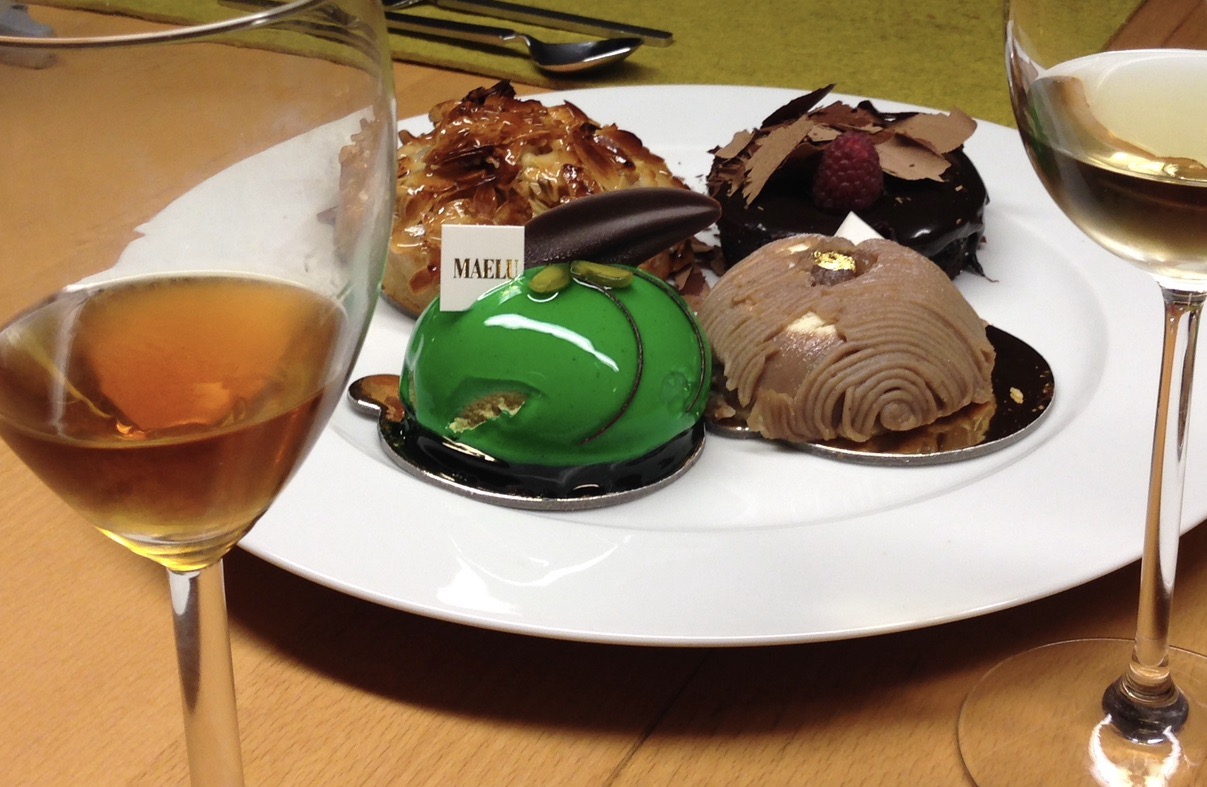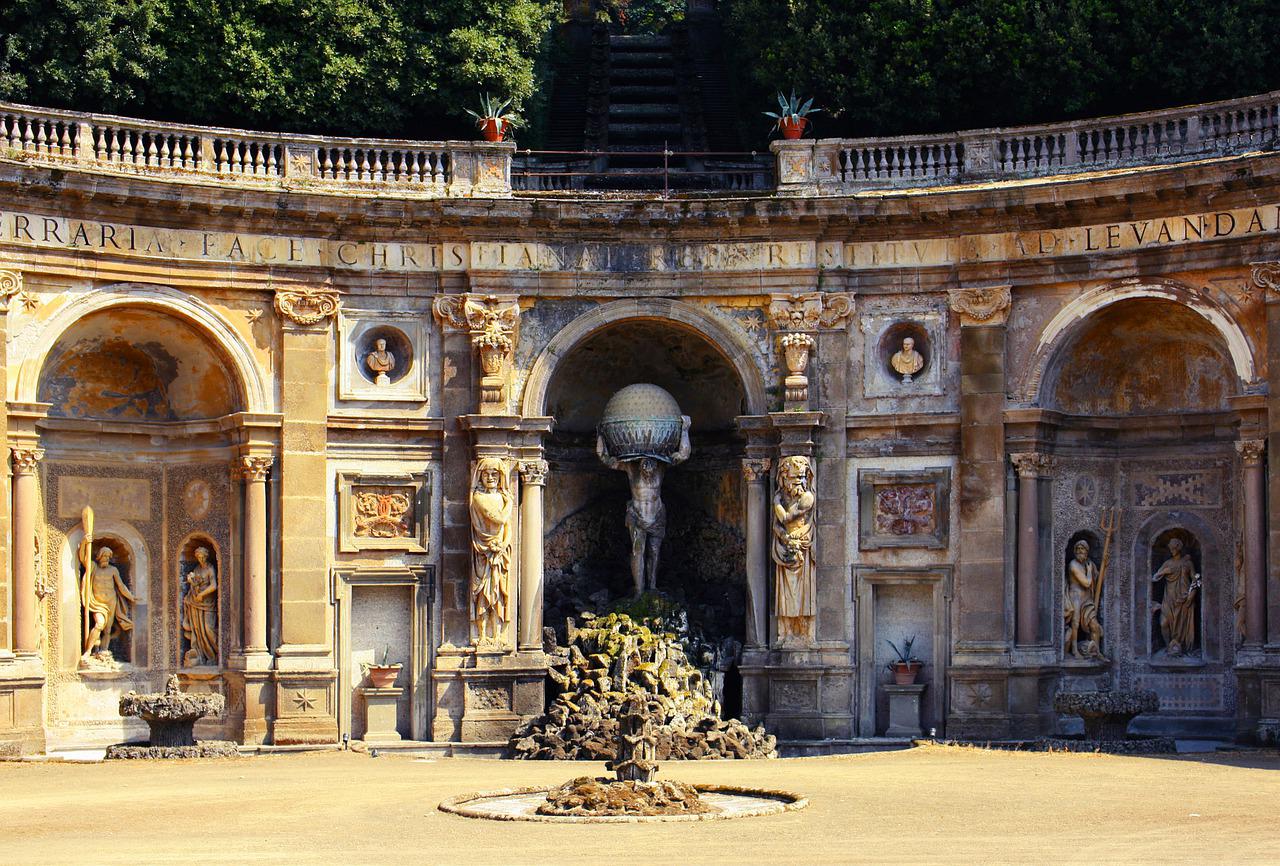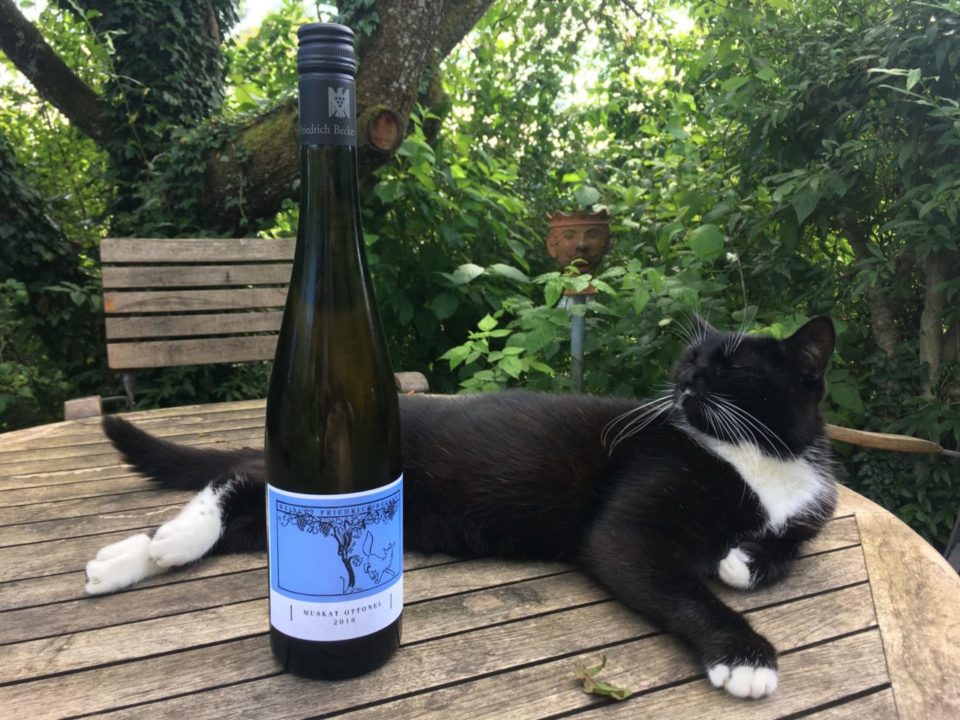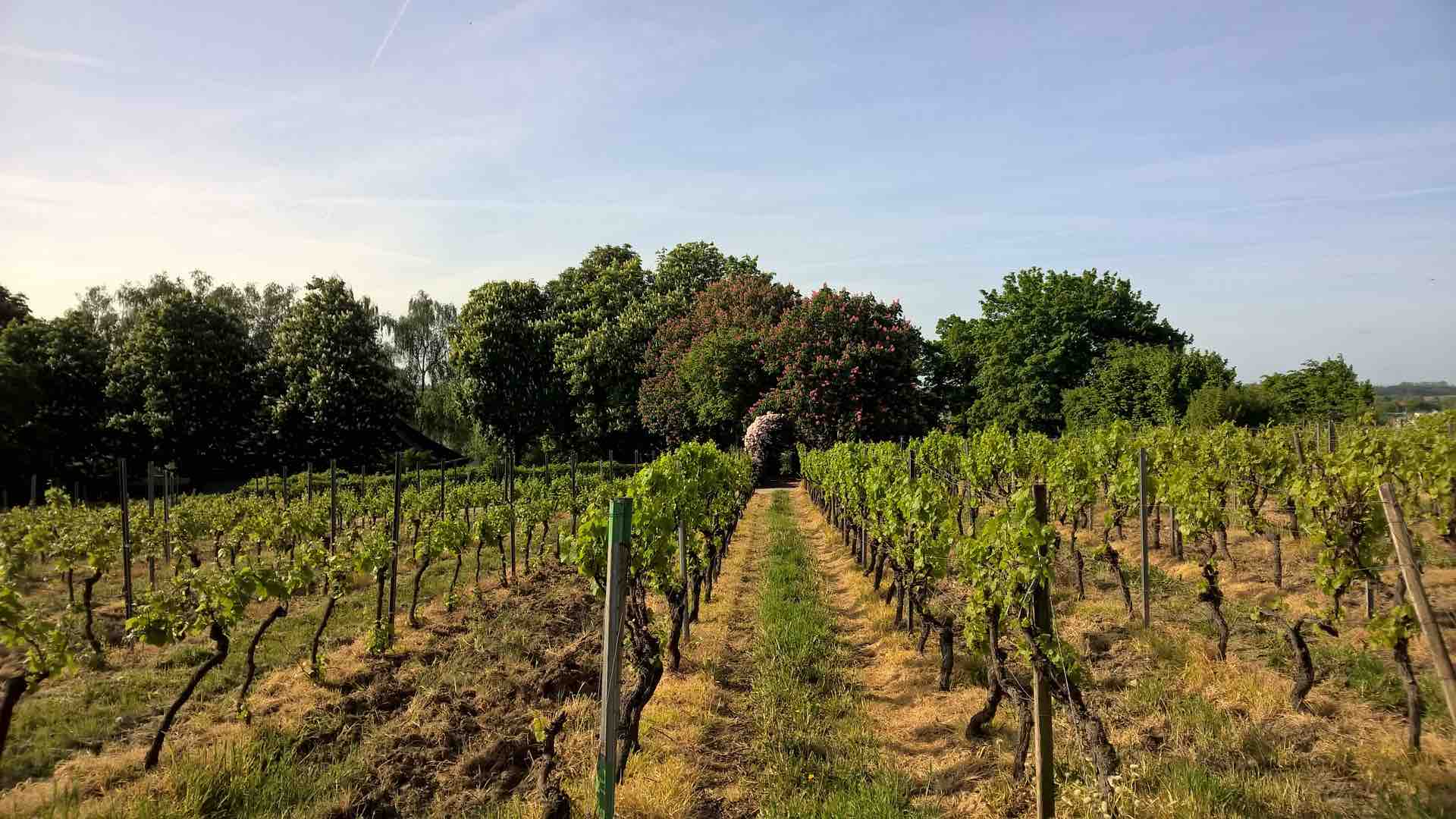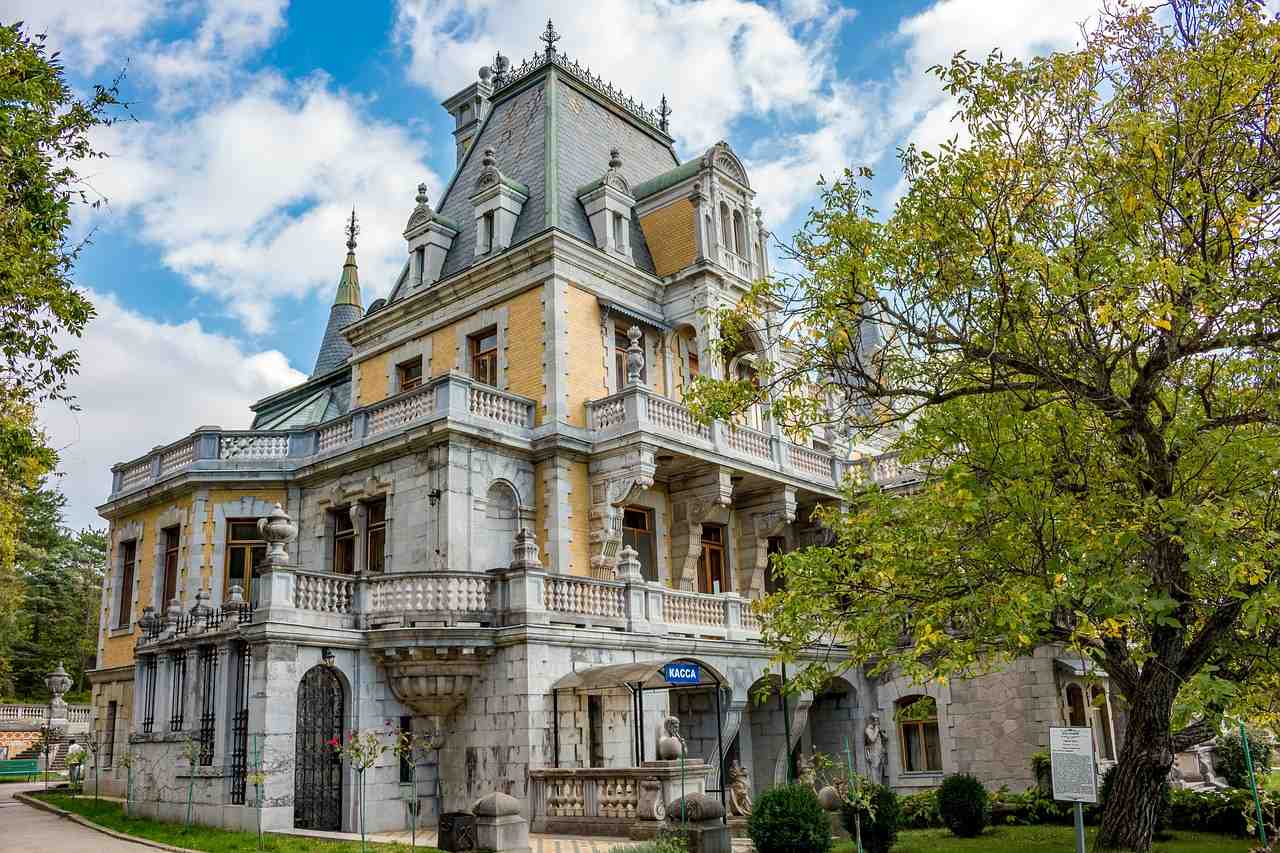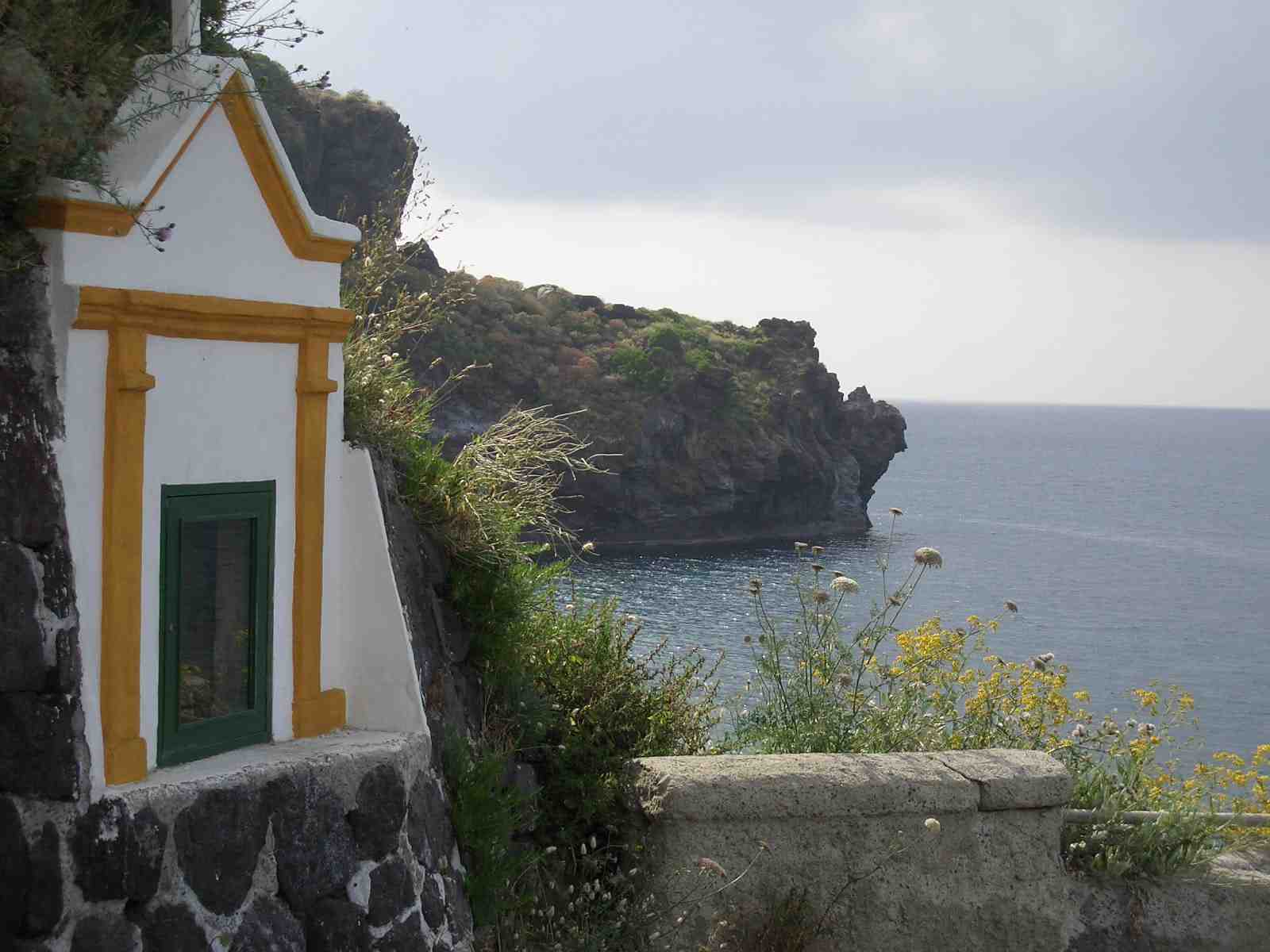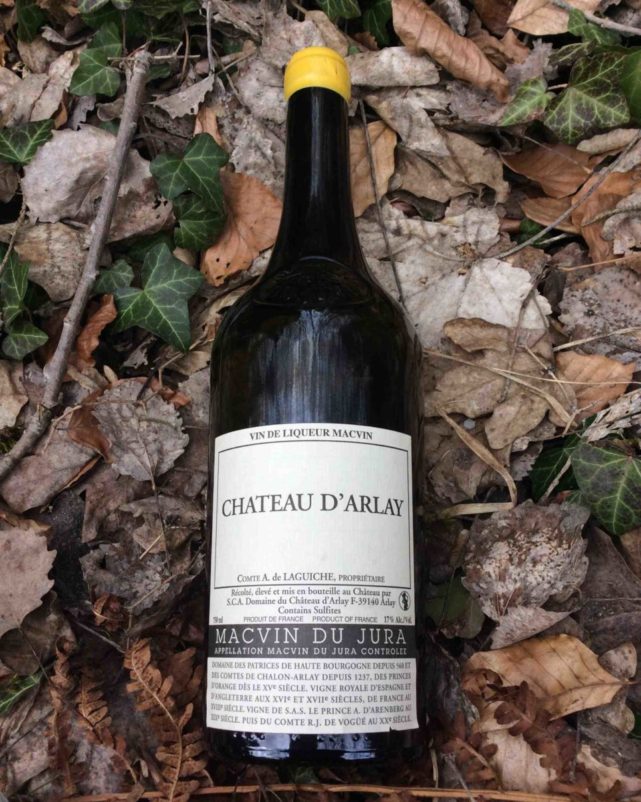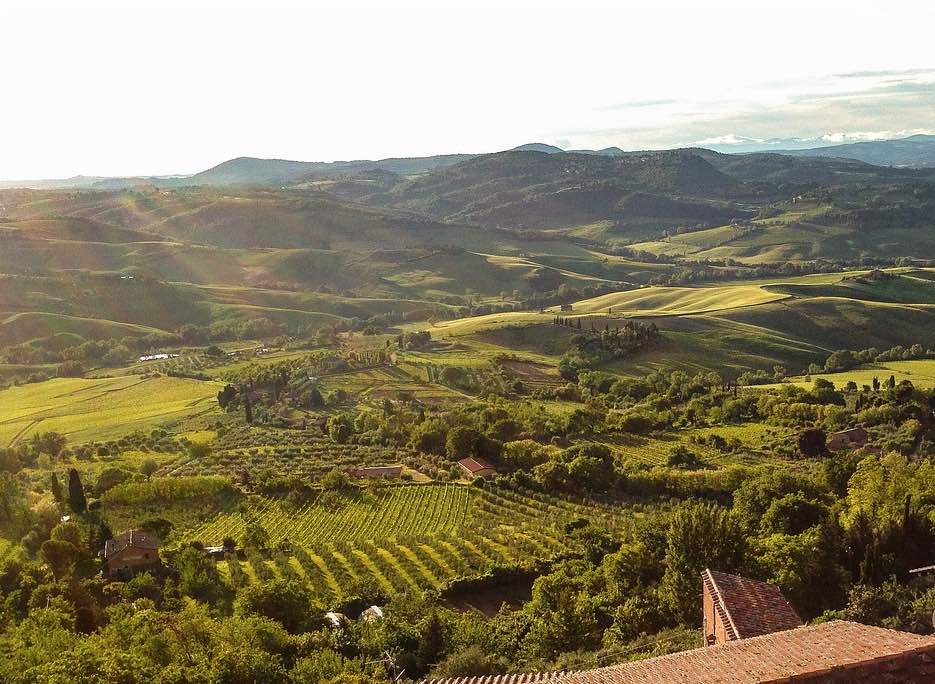
The most common and best-known sweet wine in Tuscany is undoubtedly Vin Santo in all its varieties. According to the production regulations for wines from the IGT Toscana (Indicazione Geografica Tipica), other sweet wines may also be produced. Either a Passito, i.e. a sweet wine made from dried grapes,
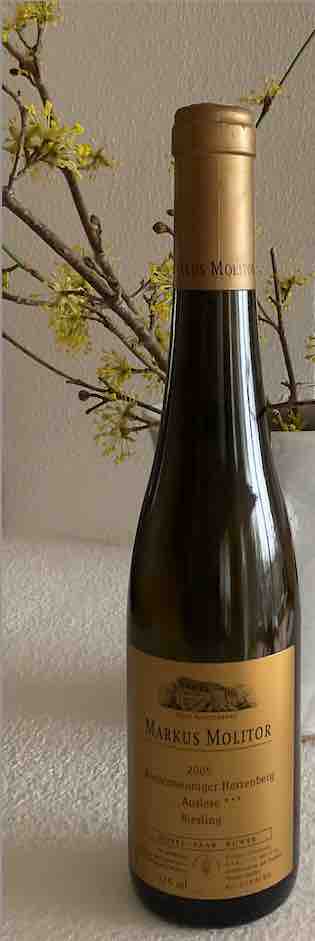 Markus Molitor shows how the consistent implementation of quality standards can become a story of success. Since taking over his father’s winery in 1984, he has constantly expanded it, as he has consistently pursued the goal he formulated of building on the golden days of Riesling from the Mosel with wines that are extremely typical of the location and can be stored.
Markus Molitor shows how the consistent implementation of quality standards can become a story of success. Since taking over his father’s winery in 1984, he has constantly expanded it, as he has consistently pursued the goal he formulated of building on the golden days of Riesling from the Mosel with wines that are extremely typical of the location and can be stored.